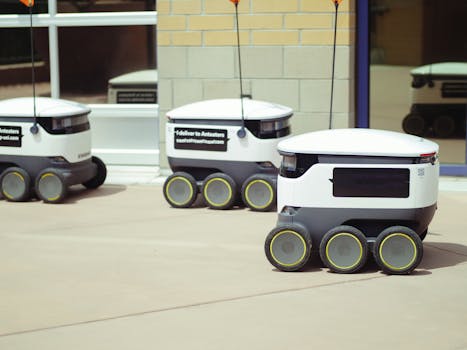
Introduction to Smart Cities
Smart cities are revolutionizing urban living. As we approach 2025, advancements in technology and sustainability are redefining how we interact with our urban environments. This article delves into the key trends influencing smart cities and how they are set to transform our daily lives.
Technological Advancements
At the core of smart cities are technological innovations that enhance connectivity and efficiency. The integration of IoT (Internet of Things) devices allows for real-time data collection, which can be used to improve city services. For instance, smart traffic management systems can minimize congestion and reduce travel times.
Smart Infrastructure
Infrastructure is evolving with the adoption of smart technologies. Buildings equipped with energy-efficient systems can monitor and manage energy consumption, contributing to sustainability goals. Moreover, smart grids are improving energy distribution, making it more reliable and efficient.
Sustainability and Environment
Sustainability is a crucial aspect of smart cities. Urban planners are increasingly focusing on green spaces, renewable energy sources, and waste management systems that promote recycling and reduce landfill use. These initiatives not only enhance the quality of life but also combat climate change. For more insights on this topic, check out our article on Health and Wellness Trends on the Rise in 2025.
Public Transportation
Smart public transportation systems are becoming a hallmark of modern cities. With real-time tracking and mobile app integration, residents can access schedules, book rides, and pay fares seamlessly. This reduces reliance on personal vehicles, contributing to lower emissions. Learn more about the impact of these systems in our post on The Evolution of E-commerce by 2025.
Community Engagement
Smart cities aim to foster community engagement through digital platforms that allow residents to communicate with local governments. Participatory budgeting and feedback systems empower citizens to influence decision-making processes, ensuring that urban development reflects community needs.
Conclusion
As we look towards 2025, the evolution of smart cities presents an exciting opportunity for urban living. By embracing technology and prioritizing sustainability, cities can create environments that are not only efficient but also enriching for their inhabitants.






